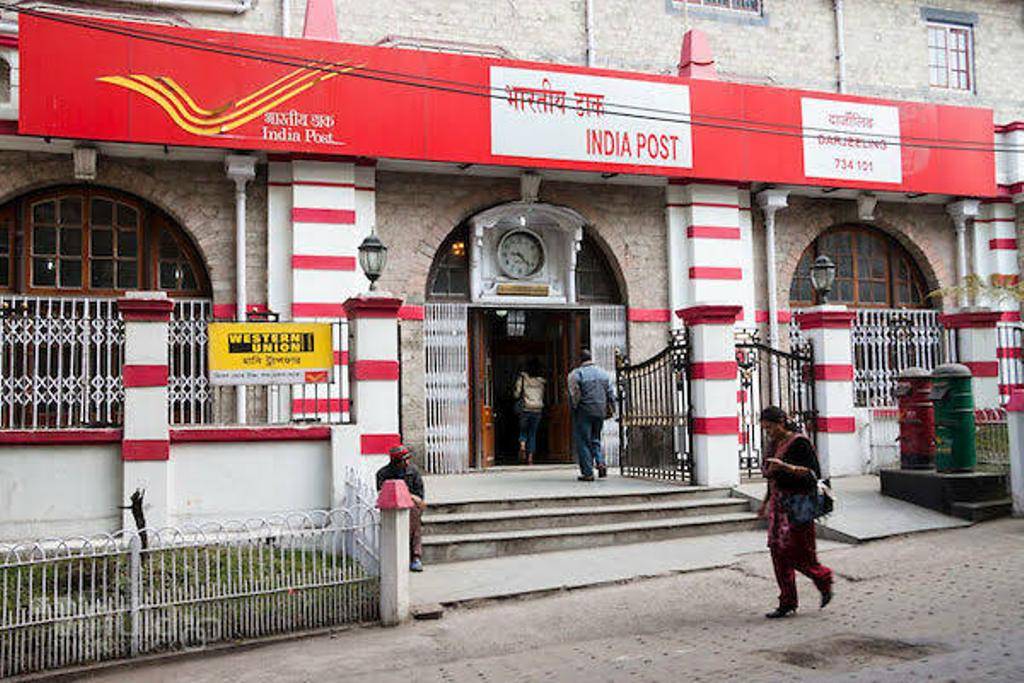India Post Set to Discontinue Registered Post from September 1
India Post has officially announced the discontinuation of its long-standing Registered Post service, effective from September 1, 2025. This major decision ends an era that lasted more than five decades, marking a significant milestone in the department’s journey from traditional to modern communication systems.
This move is part of a larger transformation to streamline postal operations and adapt to the rapidly growing digital ecosystem. Instead of operating as a standalone service, the key features of Registered Post such as delivery tracking, secure handling, and proof of delivery will now be integrated into Speed Post services. This step aims to offer users faster, safer, and more efficient delivery options under a unified system.
Registered Post has long been a trusted method for sending critical documents legal papers, government notices, and appointment letters especially in rural and semi-urban areas. The security and official acceptance it provided made it a dependable tool for individuals and institutions alike. However, with growing digital alternatives and increasing competition from private couriers, its usage has seen a steady decline.
India Post Modernizes as Usage of Registered Post Declines
Over the past decade, usage of Registered Post has dropped sharply. According to official India Post data, there were 244.4 million registered items sent in 2011–12. By 2019–20, this number had reduced to 184.6 million, even before the COVID-19 pandemic accelerated the digital shift. As more people and organizations move to email, e-documents, and app-based communication, the role of physical registered letters has diminished.
Postal officials believe that this decision to merge the service with Speed Post is both timely and practical. It helps reduce operational costs, simplify services, and match user expectations in today’s fast-paced, digital-first world. With a growing need for faster deliveries and integrated tracking systems, this shift is expected to benefit users in the long run.
Registered Post’s Key Features Stay But Through Speed Post
Though the name “Registered Post” will disappear, India Post will retain most of its essential benefits. Users will still be able to track their shipments, get acknowledgment of delivery, and receive secure handling all under the Speed Post umbrella. This upgrade means users won’t lose out on reliability but instead will gain quicker service. Also Read: Bold Trump Executive Order Tariff: Additional 25% on India Over Russian Oil
However, the shift does raise concerns about affordability. A regular letter costing ₹5 could earlier be registered for an additional ₹17. While the features will remain similar, the new price slabs under Speed Post could be higher, especially impacting those in rural or low income segments who heavily rely on traditional postal services. The department is expected to announce clear rate charts and revised service guides to address this.
India Post Balances Legacy with Future Goals
India Post, one of the oldest and largest postal networks in the world, is making this change not just to keep up with time, but to lead in digital transition. Over the past few years, it has digitized post offices, introduced e-services, and integrated with digital banking through India Post Payments Bank.

This transformation marked by the retirement of Registered Post is symbolic. It reflects how even the most iconic government services must evolve to remain efficient, relevant, and sustainable. The shift to Speed Post as the core tracked delivery service brings more flexibility, allowing India Post to bundle additional features without maintaining two separate systems.
Despite the emotional weight of saying goodbye to a legacy service, India Post emphasizes that the trust and transparency people associate with Registered Post will continue. The institution is aiming for modern service delivery, combining heritage with innovation.
Conclusion
As India Post retires Registered Post on September 1, it marks the end of an era—but also the beginning of a more agile and digitally aligned postal future. While change often comes with challenges, the core values of security and trust will remain, now delivered through a faster and more integrated service system.

